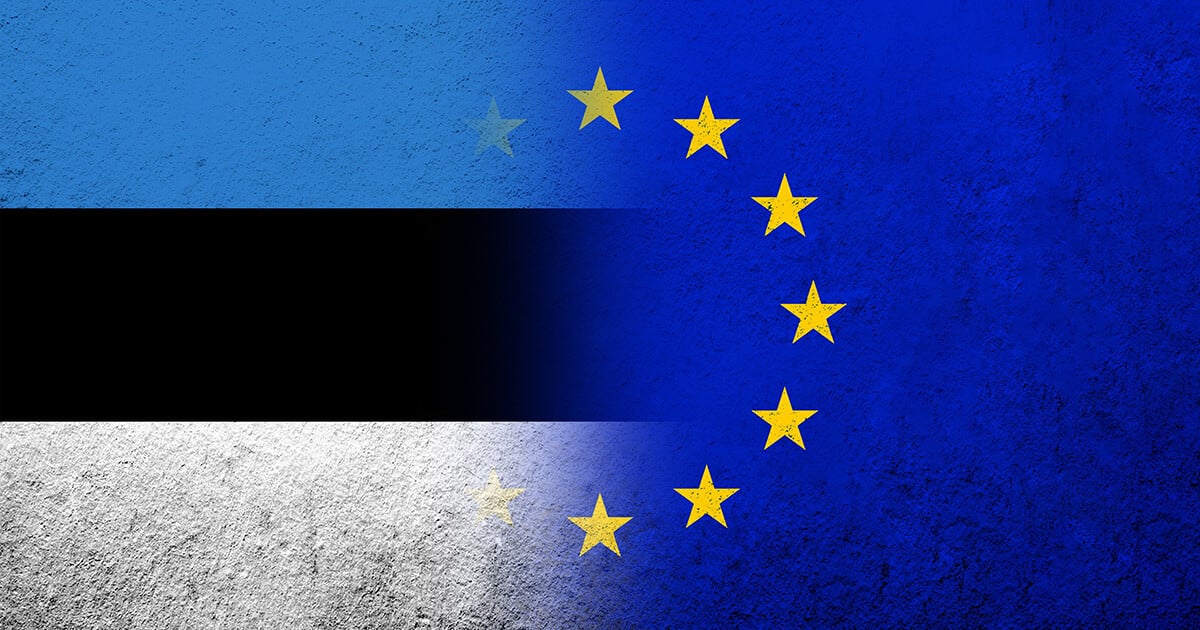ViDA Directive approved by the European Parliament

Today's date, 12 February 2025, marks a milestone in Europe's journey towards a more digitally adapted economic structure. The plenary of the European Parliament has today officially approved the ViDA Directive. The decision follows the political agreement reached in November by Member States' finance ministers (ECOFIN) on the reforms for the future digital VAT reporting.
ViDA (VAT in The Digital Age) aims to simplify the VAT system in the EU through a set of reforms resting on three pillars: simple VAT registration expected to enter into force in July 2028, rules for the platform economy planned for January 2030, and the introduction of digital reporting and e-invoicing by July 2030.
On Wednesday, Parliament's plenary approved these rule changes to the VAT directive, which in turn were endorsed by EU finance ministers at the ECOFIN meeting in Brussels in November. MEPs approved the rules with 589 votes in favor, 42 against and 10 abstentions. 19 of Sweden's 21 MEPs participated in the vote. All 19 voted in favor of the reform.
The next step in the process involves the preparation by the European Commission of working documents for each key element of the directive. These documents include regulations, explanatory notes and timetables. Member states are expected to provide feedback this February.
In addition, some countries have expressed the need to bring forward the implementation of digital reporting requirements to support their domestic e-invoicing plans. Germany, Belgium, Slovenia, Poland and Croatia are some examples.
Work on several fronts
What follows is a continuation of work on a number of fronts. There is a lot going on:
● OpenPeppol and the international body of e-invoice operators, GENA (Global Exchange Network Association), have launched an incubation project in which the organizations want to demonstrate how a 5-corner model in Peppol's network can be used to more easily check VAT compliance in B2B transactions. The domain created is ready for production and development work will continue in the spring.
● The approval by the European Parliament means that the ViDA Directive has passed another formal passage, but there is still one more academic step. This will take place in March when the directive is ratified by the EU Council. Once that process is complete, the directive will officially be in force.
● In addition, the Fiscalis workshop is planned for April 8-10 in Vienna, which will provide further insights and guidance on the implementation of the reforms. Fiscalis is the EU cooperation program for national tax administrations.
● At the same time, discussions on the IOSS reform, in particular on supplier obligations, are continuing as part of the EU customs reforms to be implemented in 2028.
● The Euro-epic format standard B2G EN16931, which is an e-invoice for the B2B sector, is also being restructured. The revision is ongoing and a first evaluation is expected in June this year.
In conclusion: the approval of the ViDA Directive represents a significant step towards a more coherent and efficient VAT structure in the EU. It is an adaptation to the digital era. There is now a widespread expectation that EU member states will prepare for the future. In plain language, this means implementing the necessary reforms in good time to achieve a smooth transition to the system agreed by the Union.
The European Commission has estimated that member states will recover up to €11 billion in lost VAT revenue each year over the next 10 years. Businesses will save €4.1 billion per year in compliance costs and €8.7 billion in registration and administrative costs over the same 10-year period.
Sources: vatcalc.com, europarl.europa.eu


